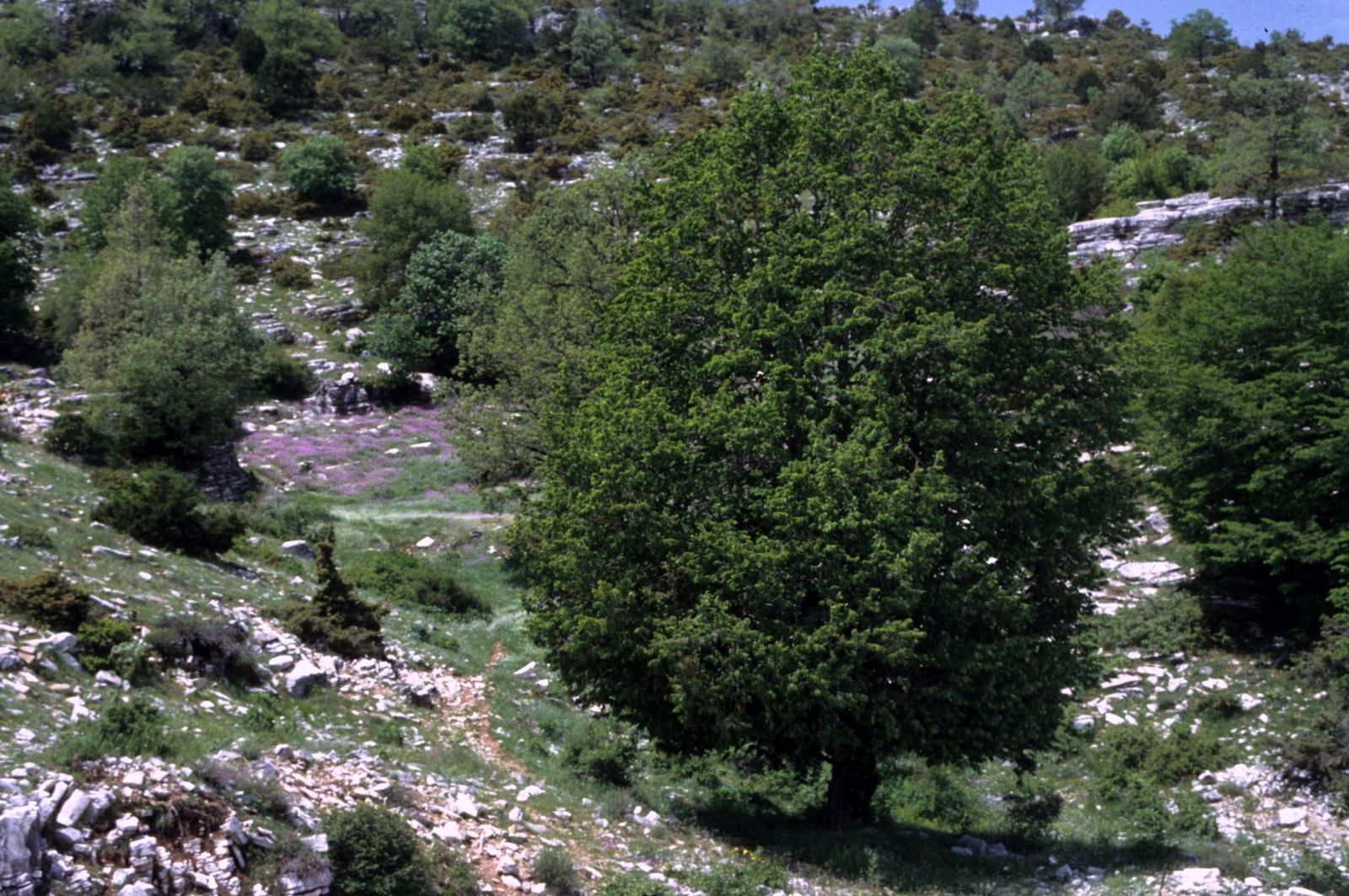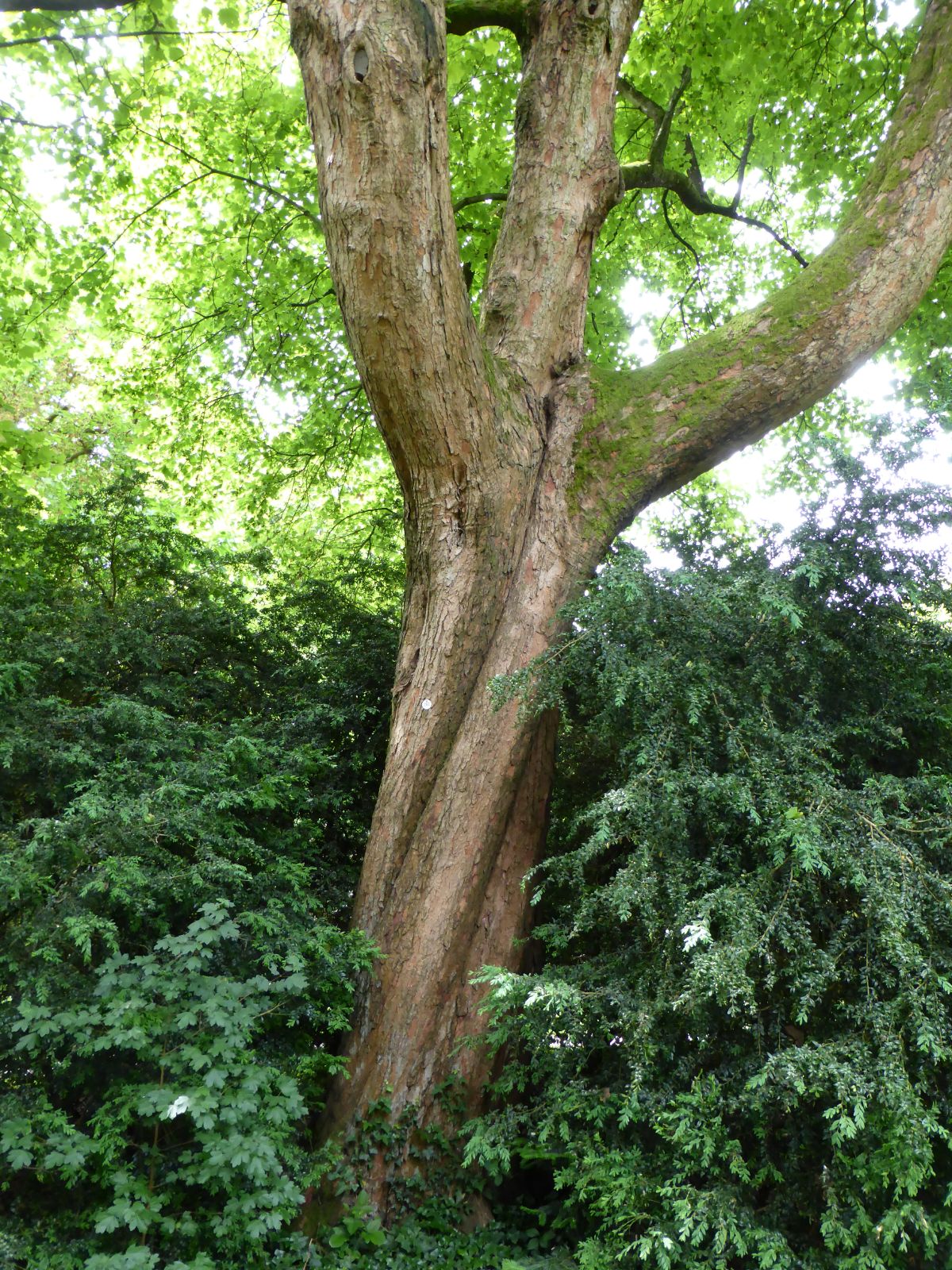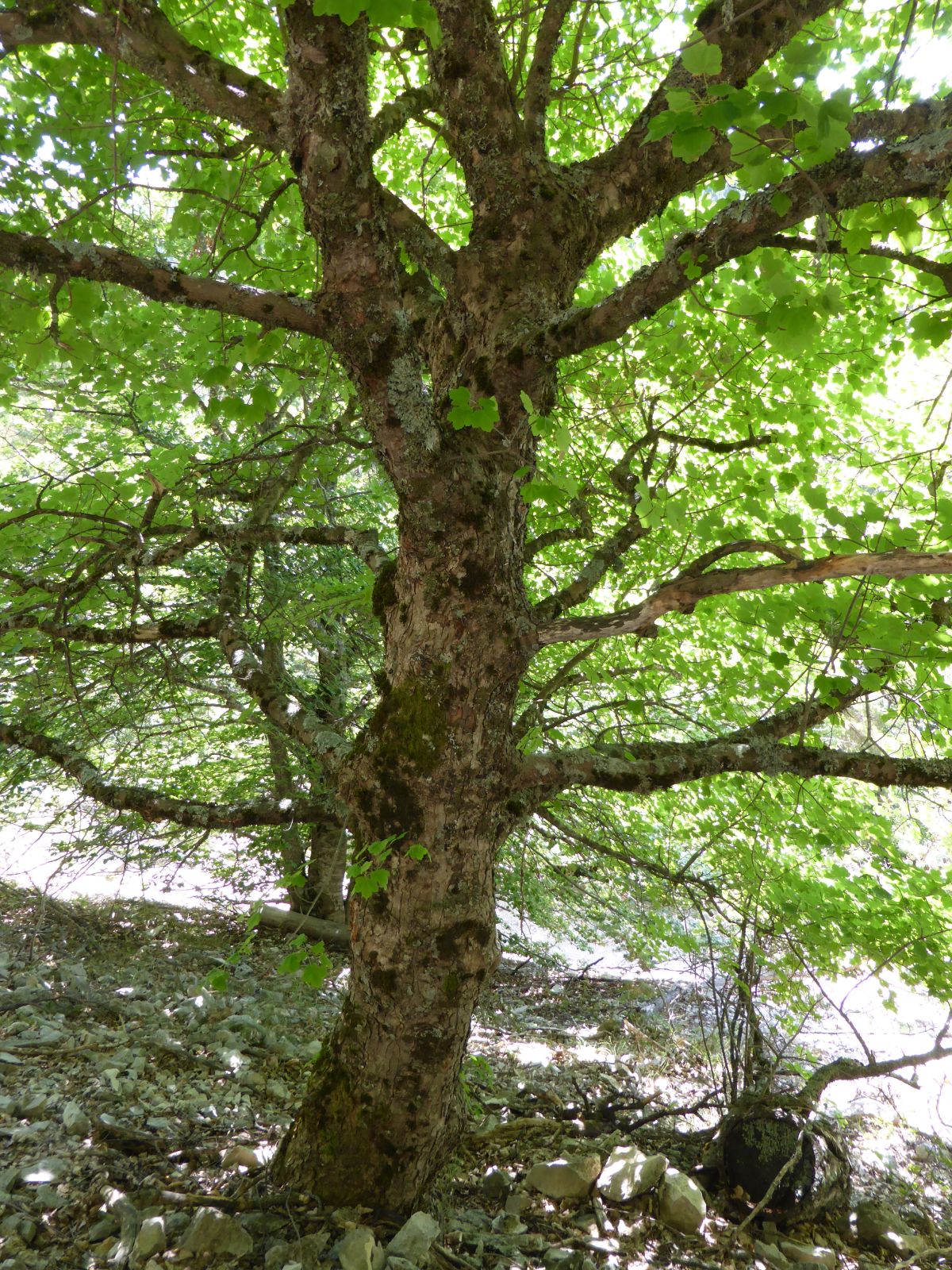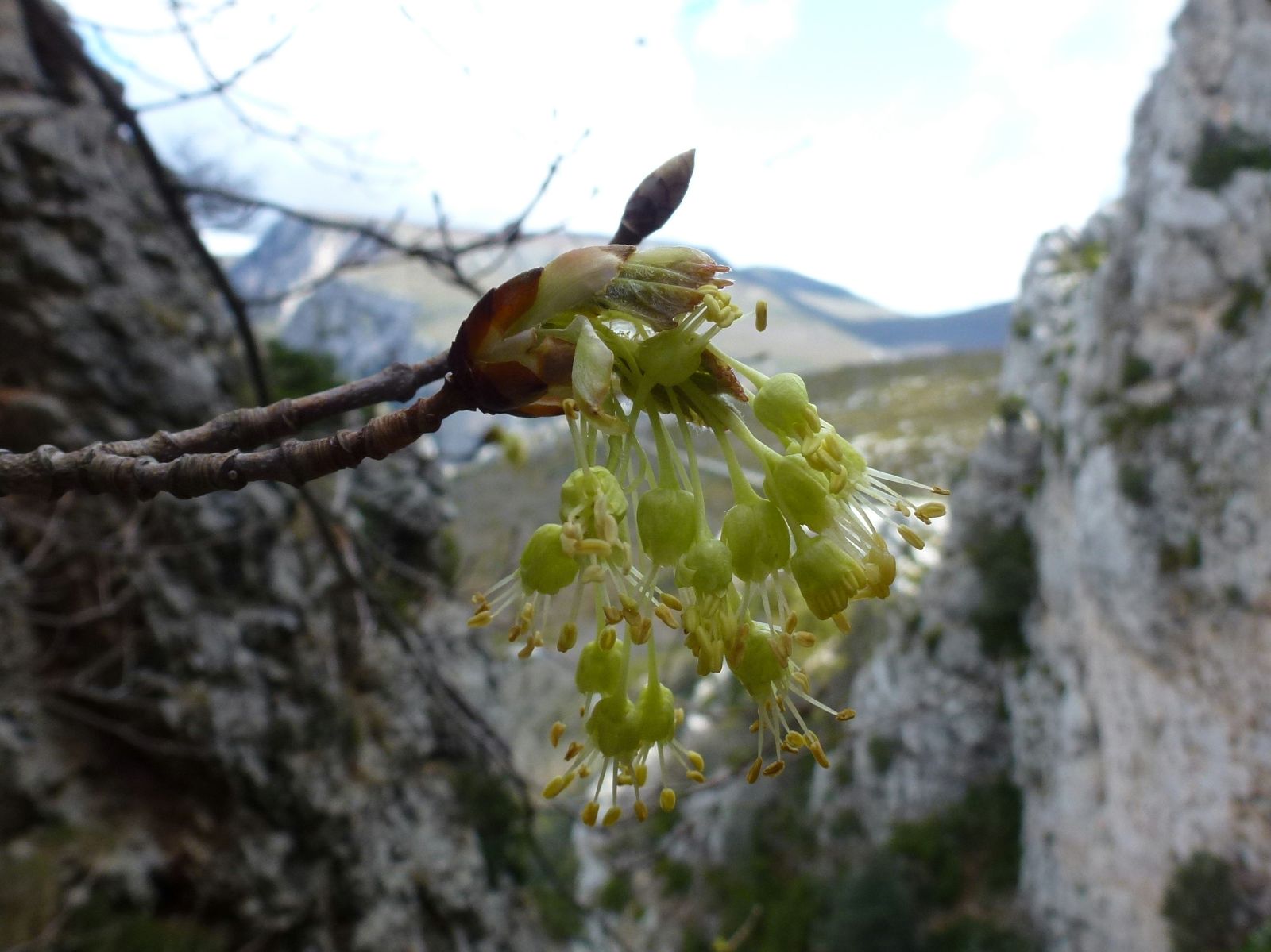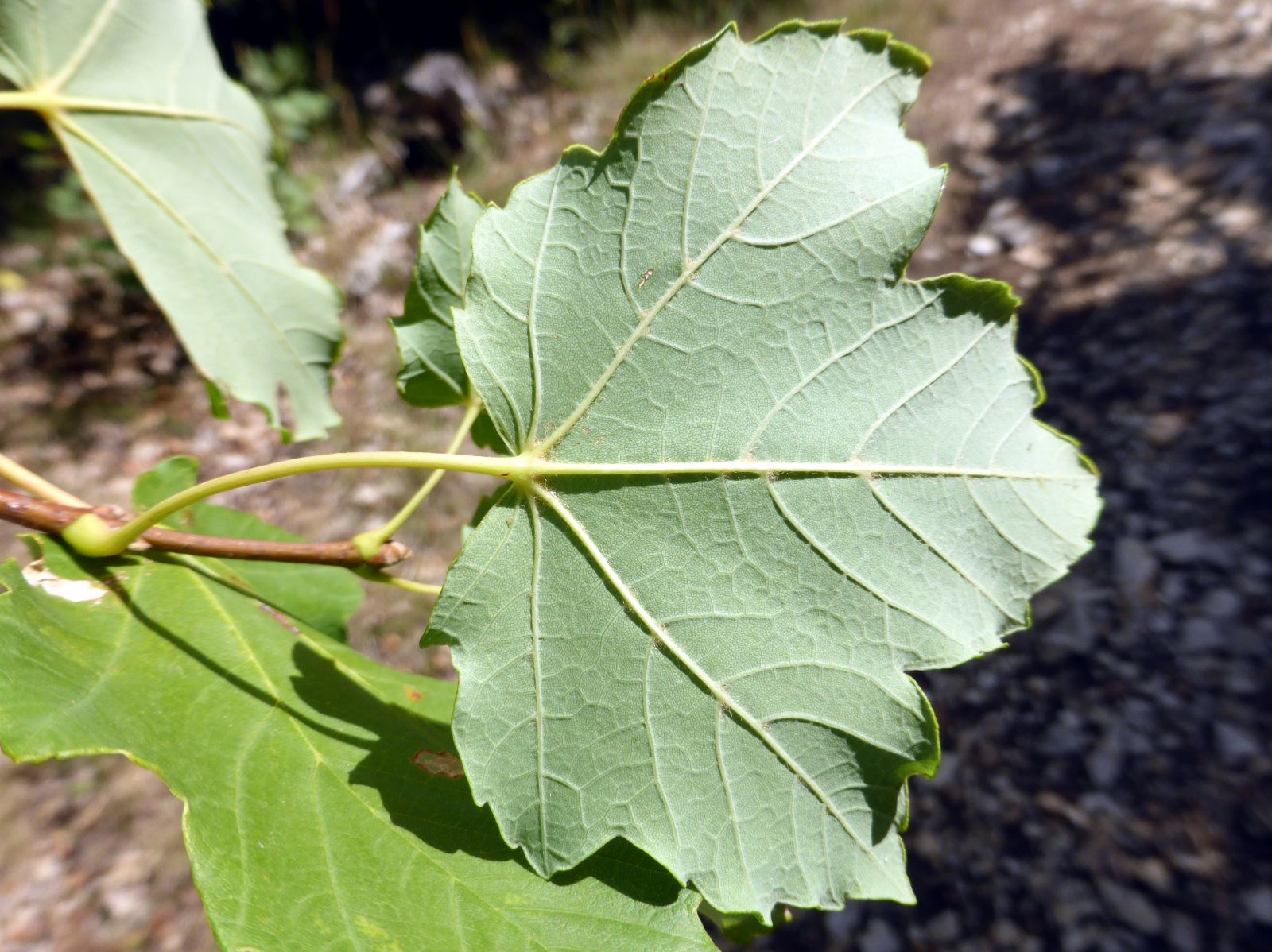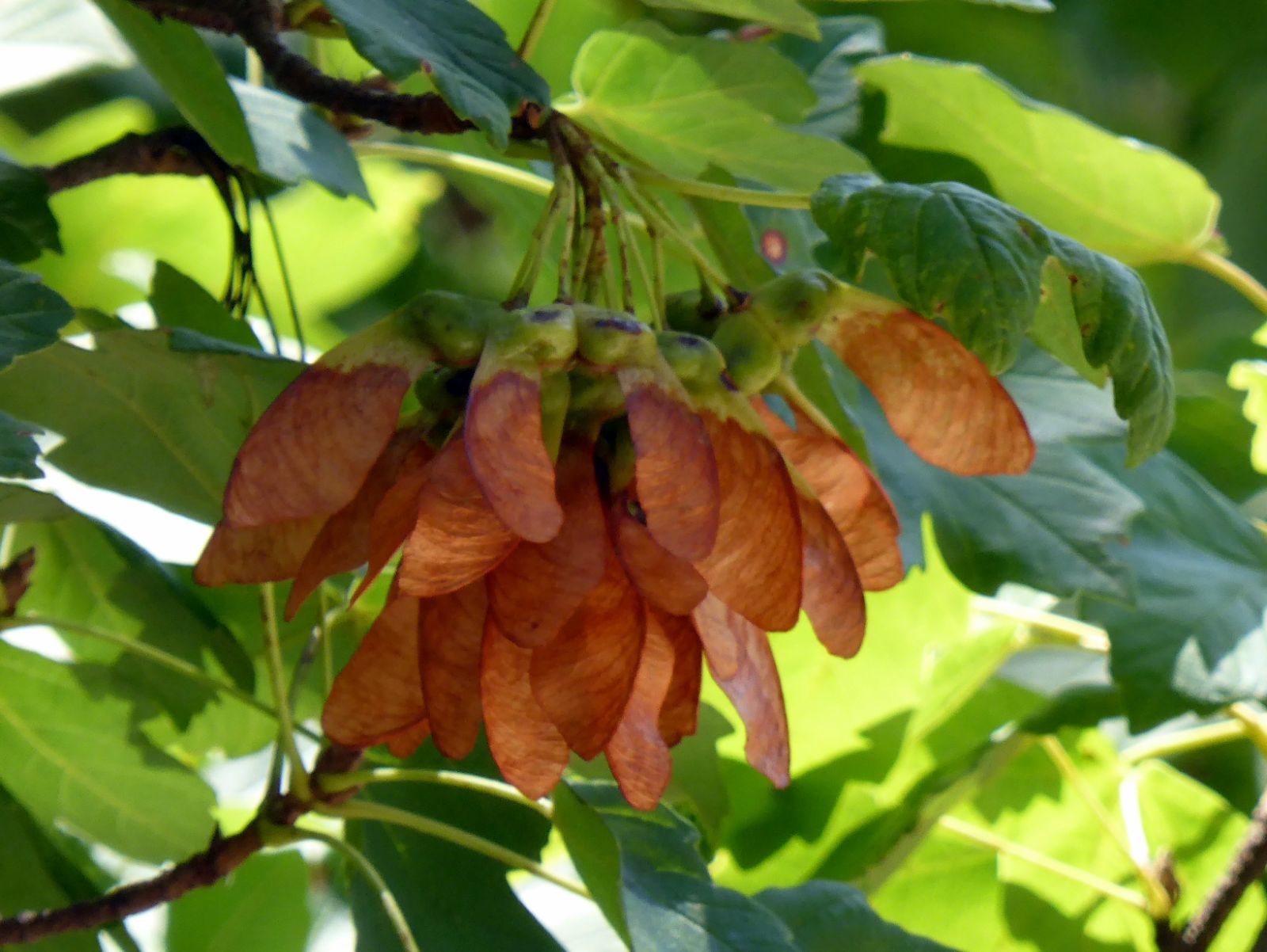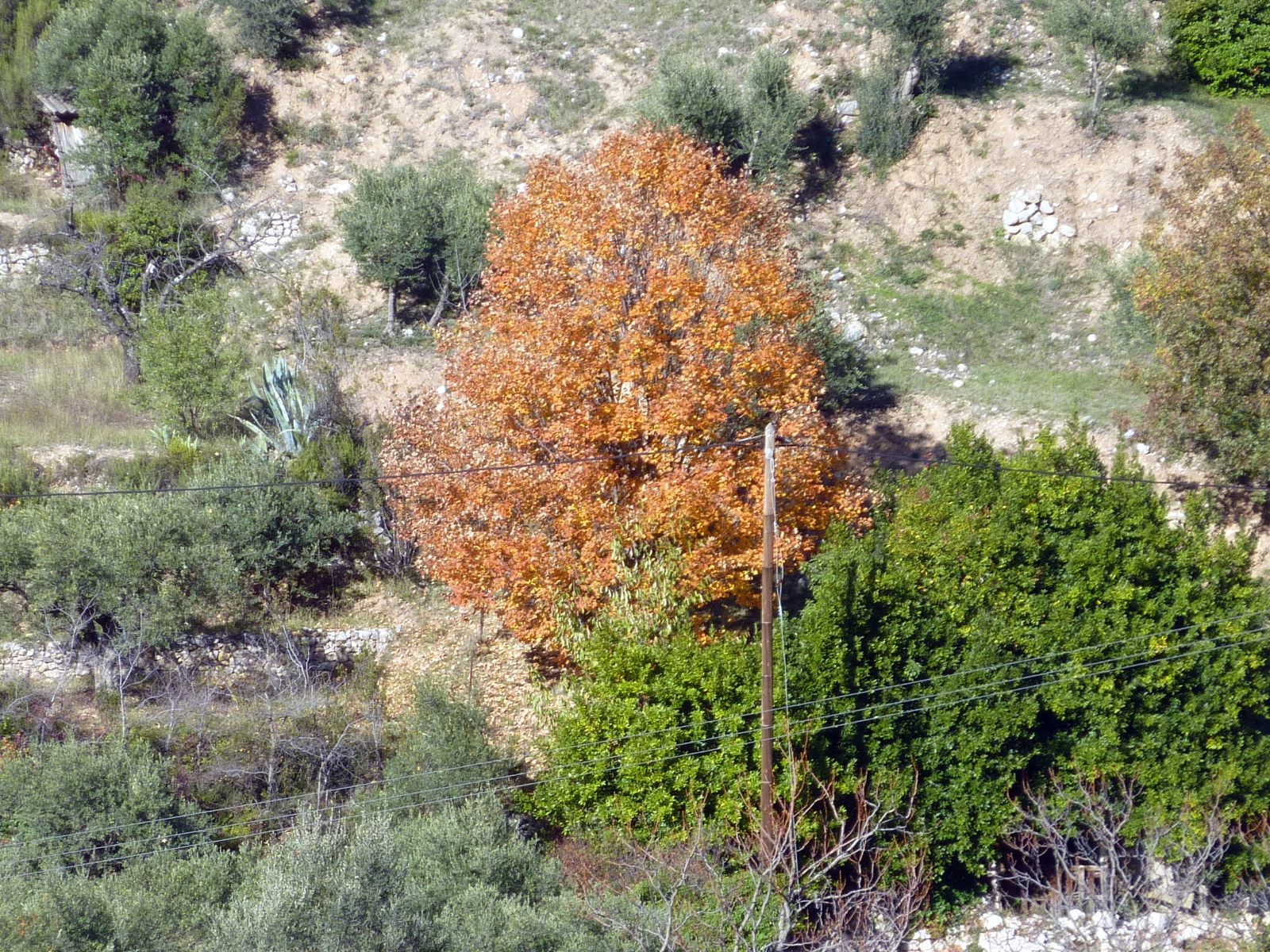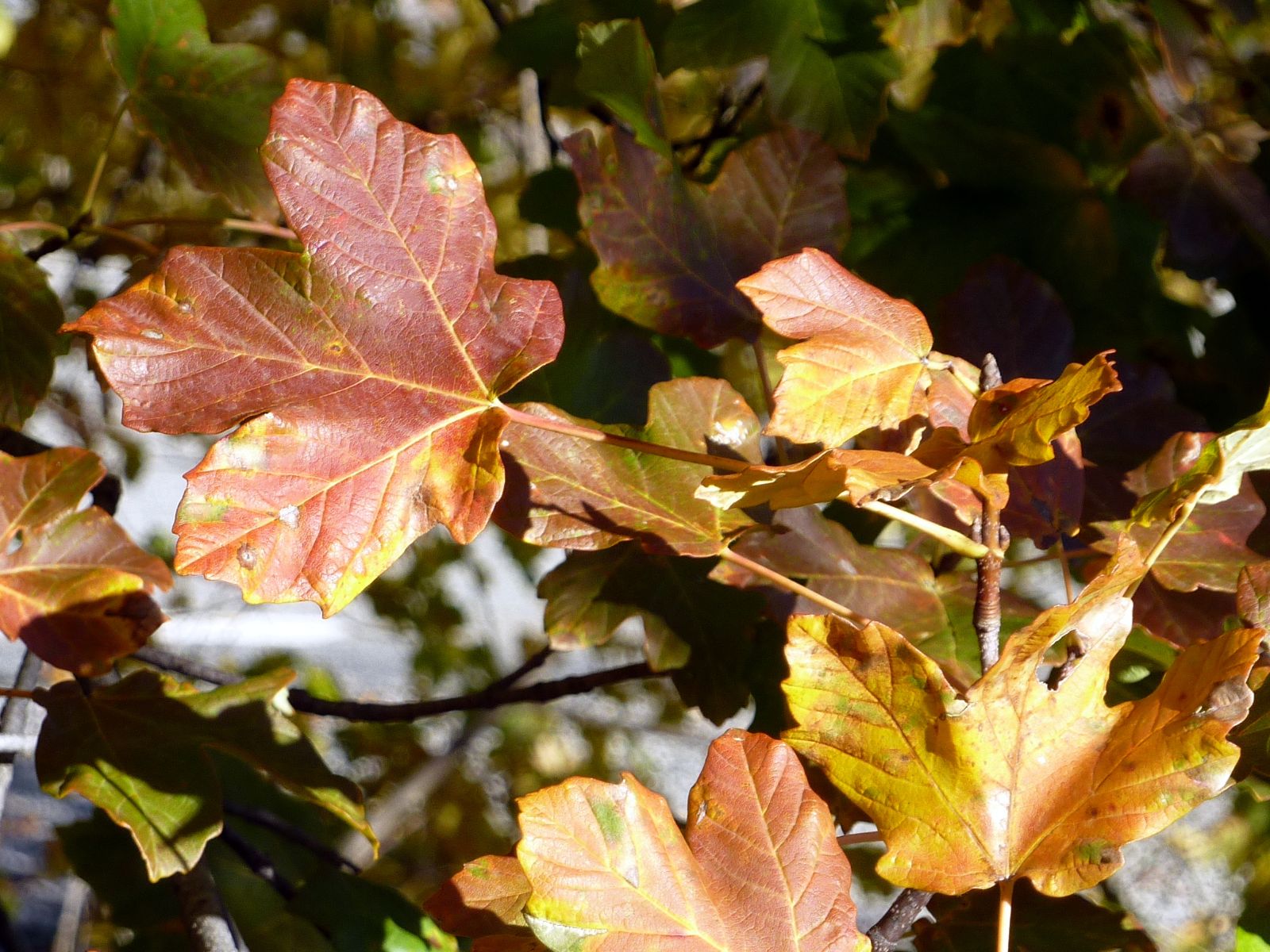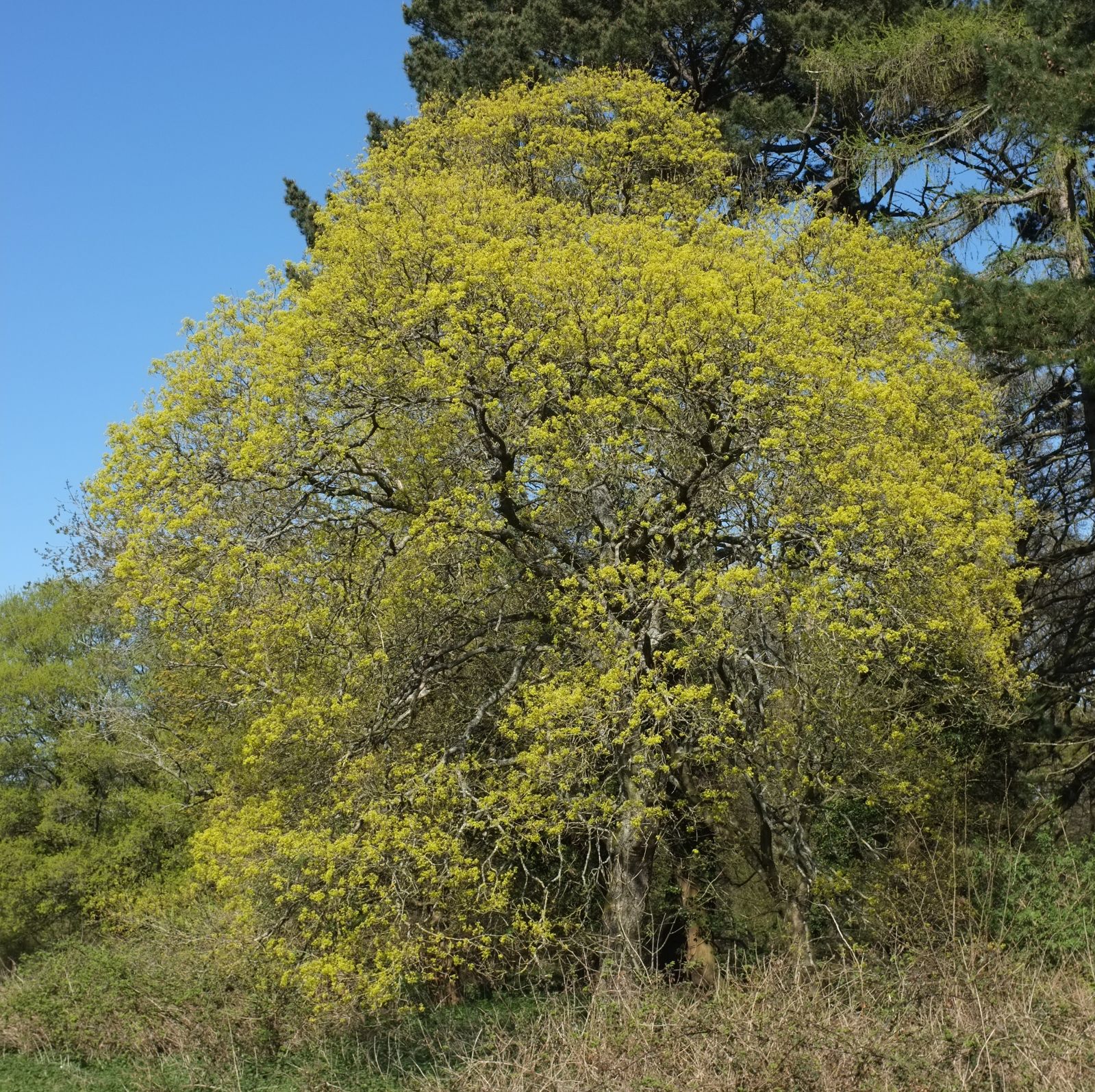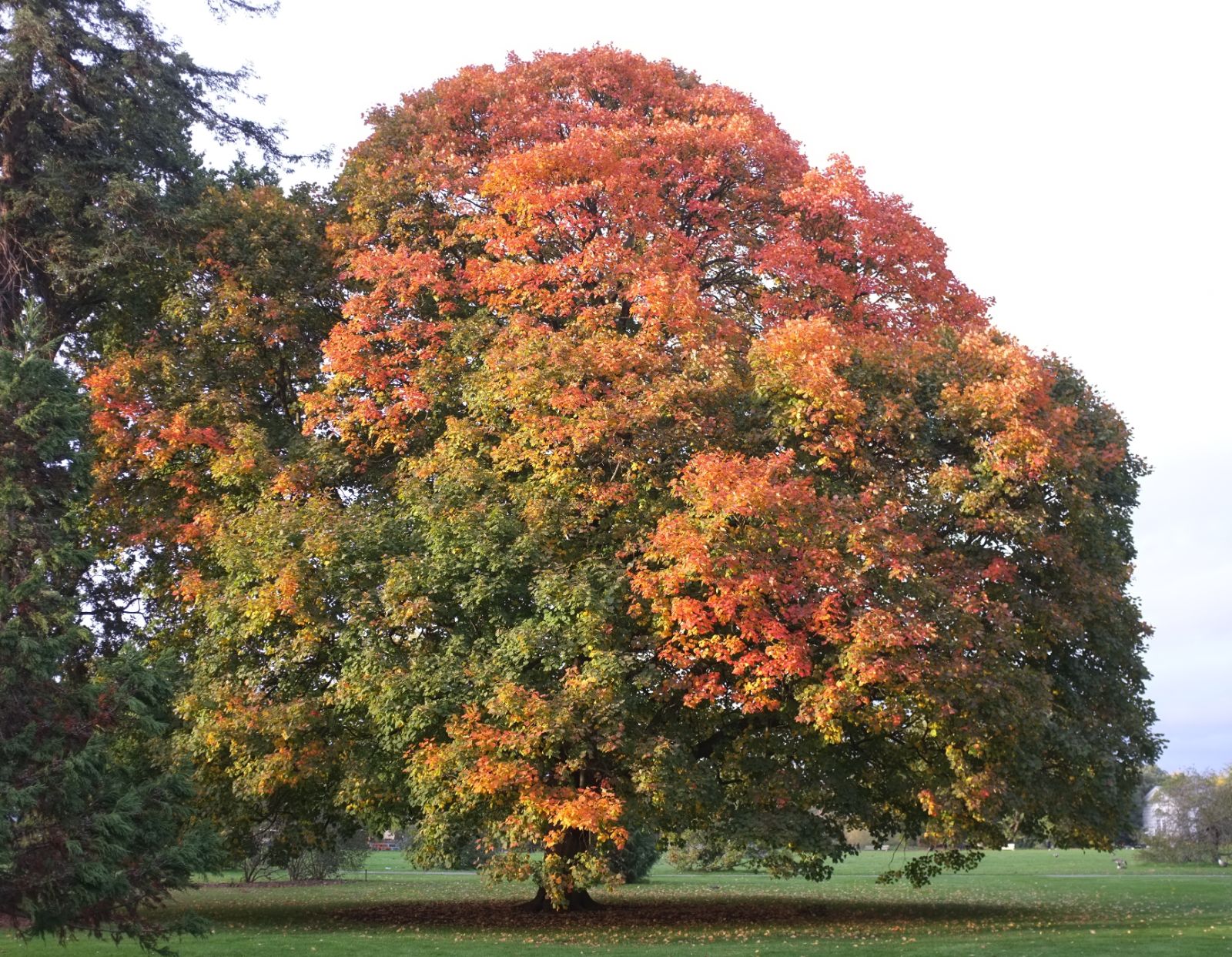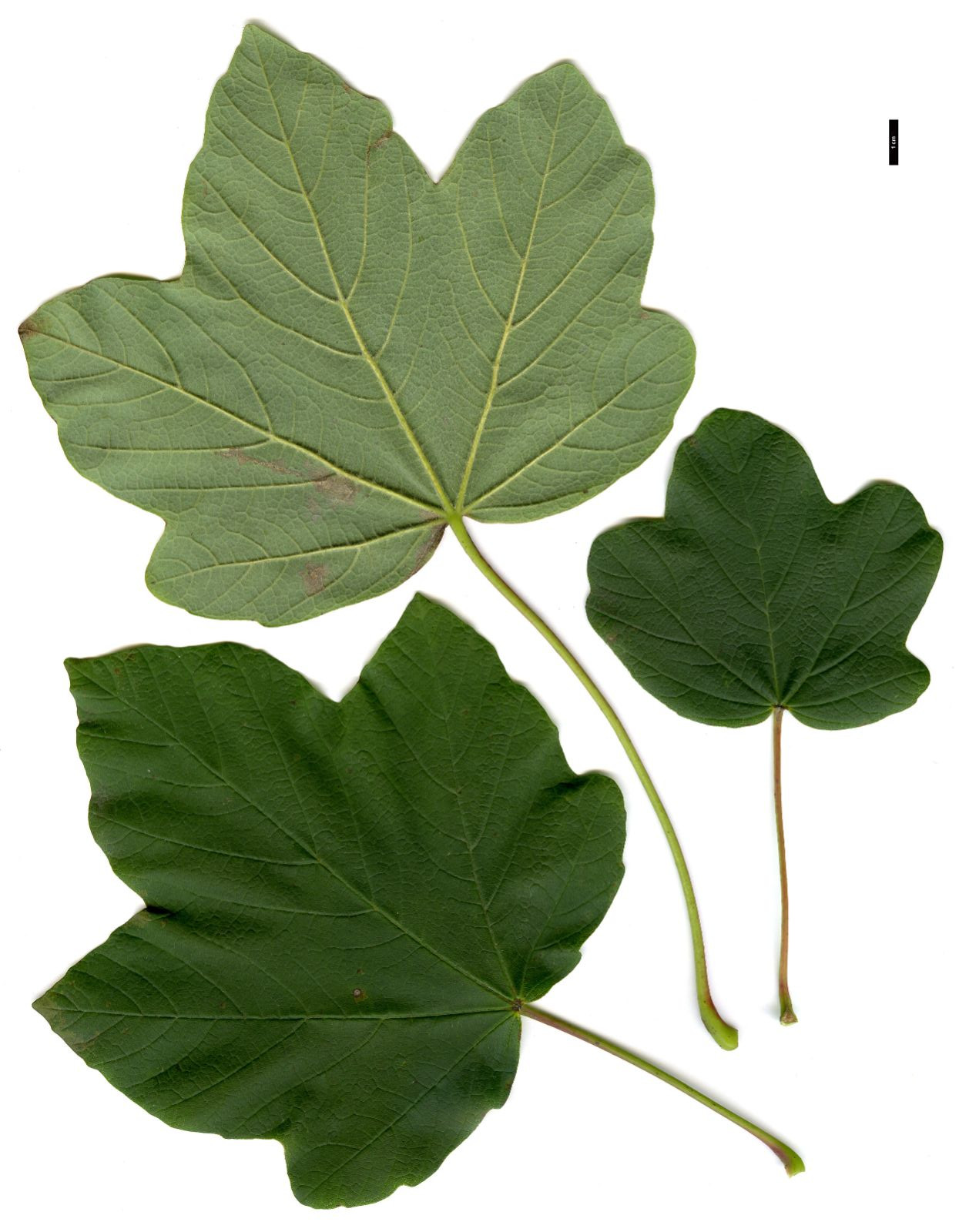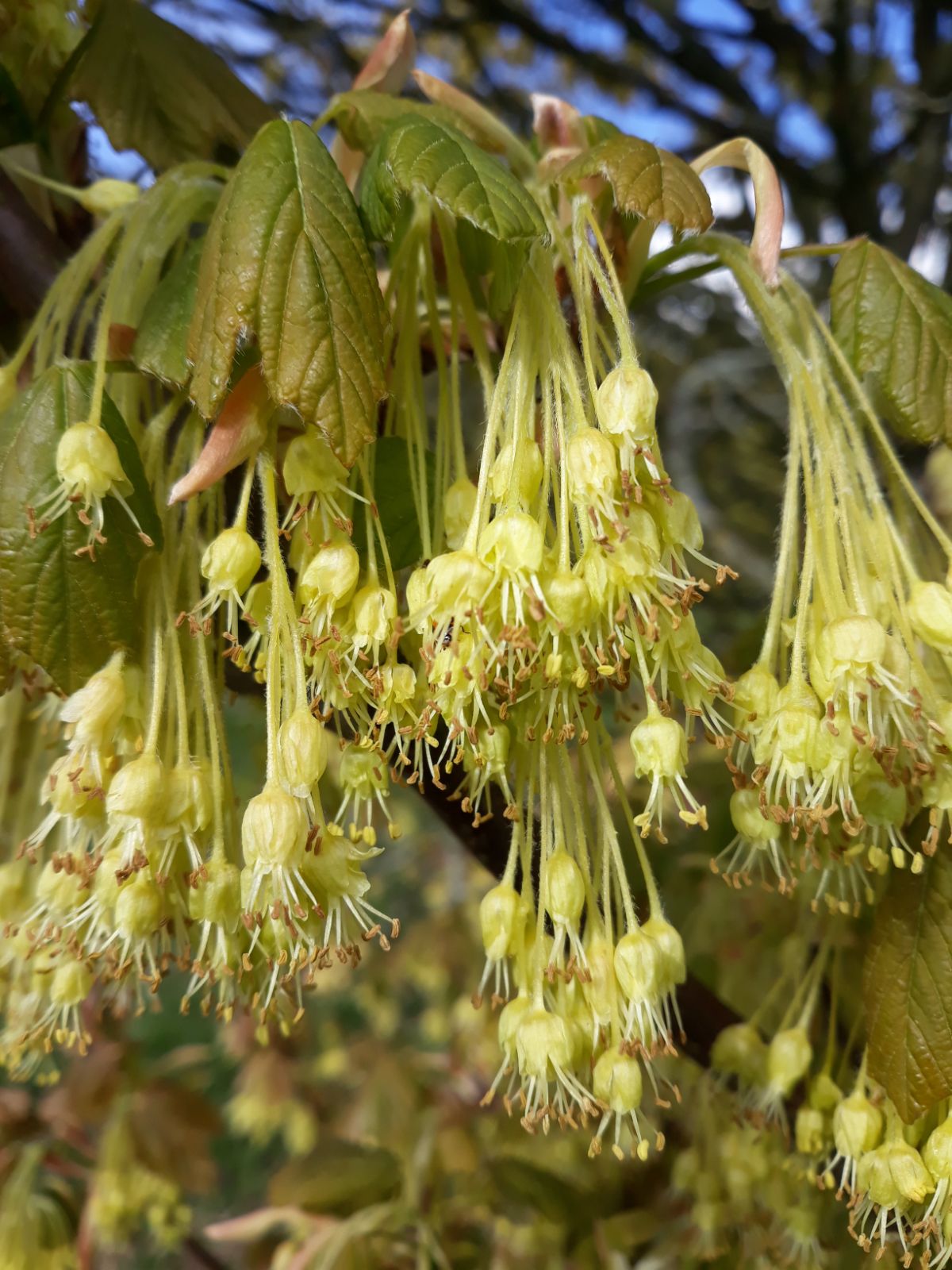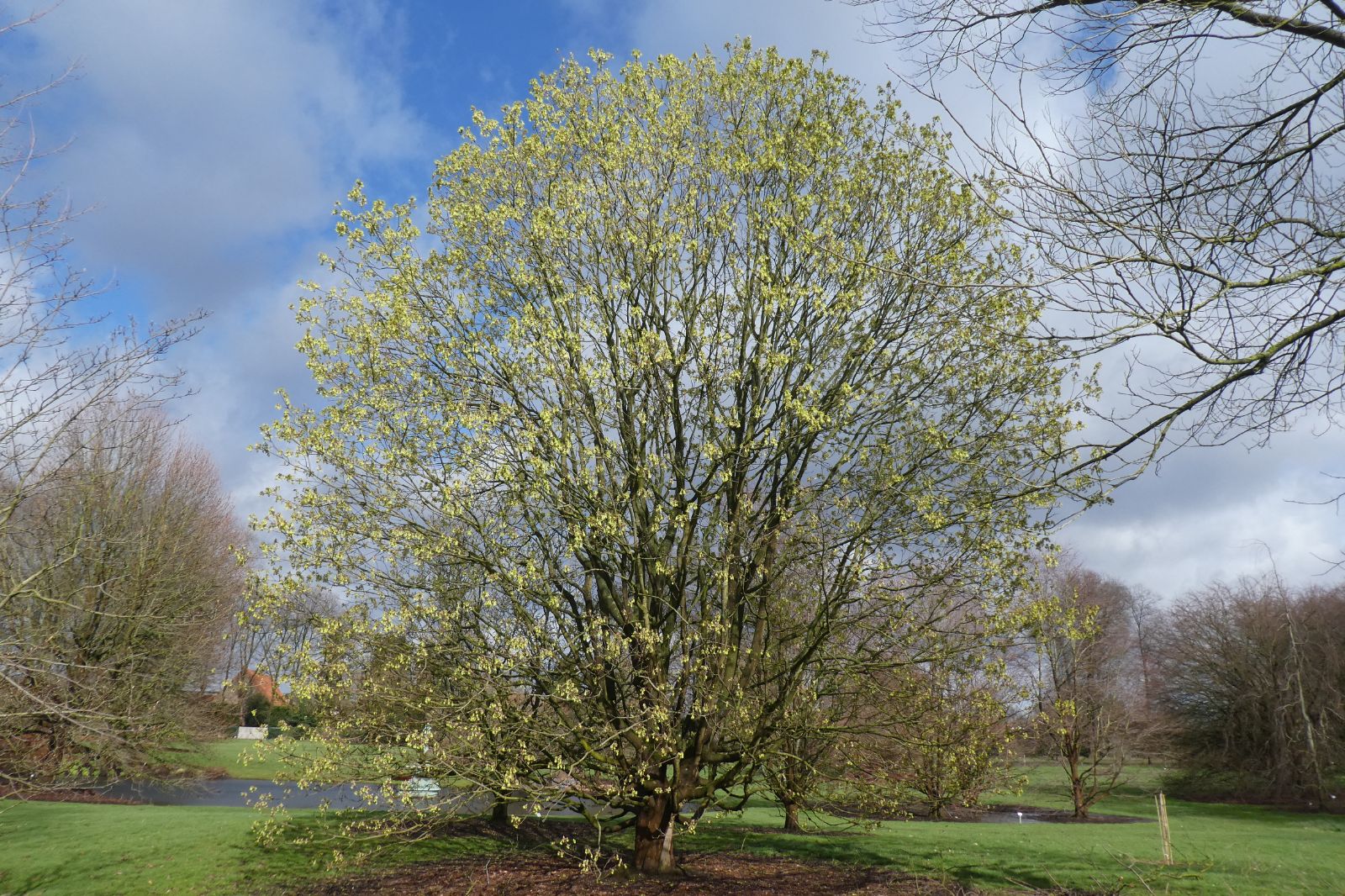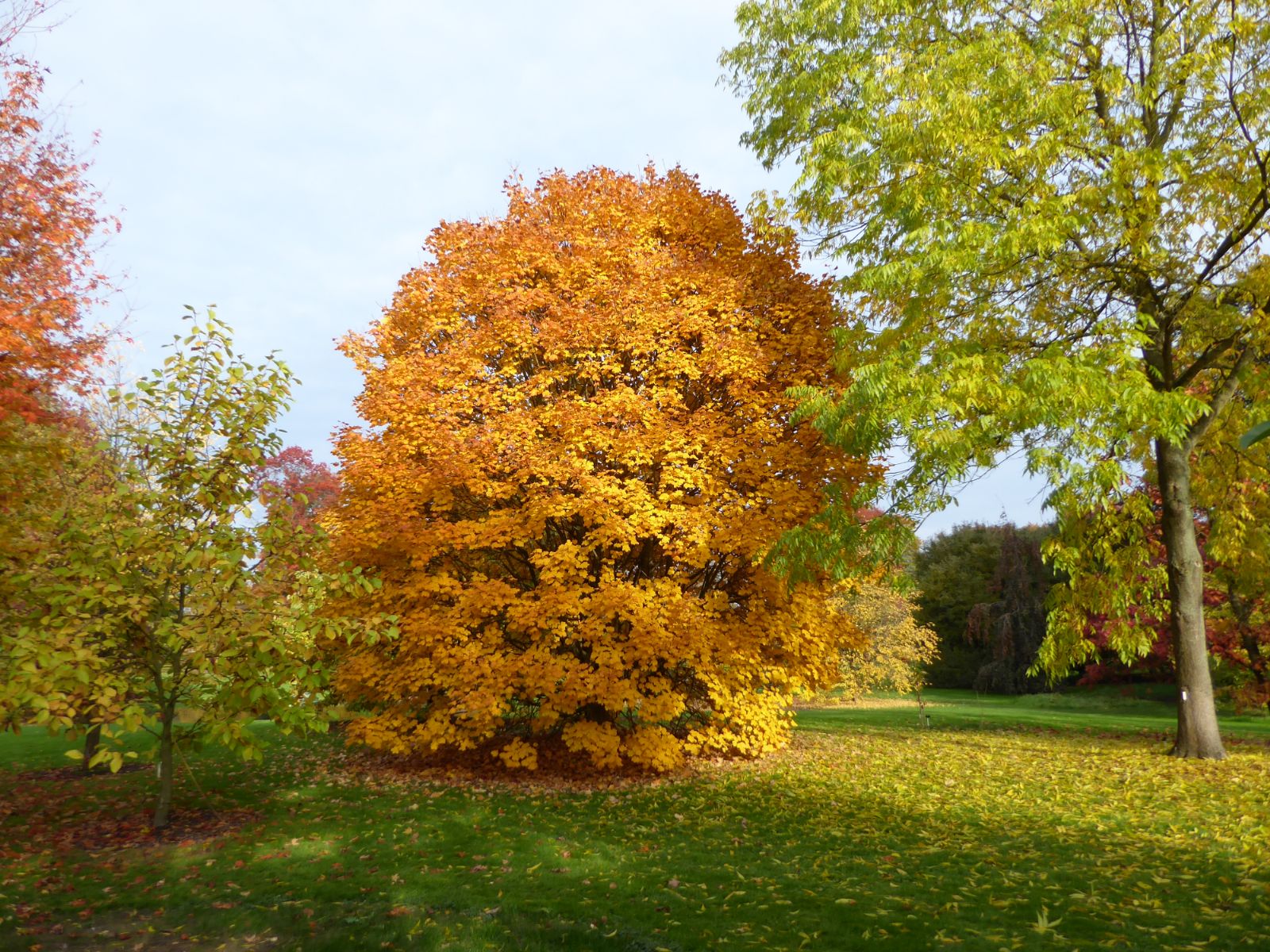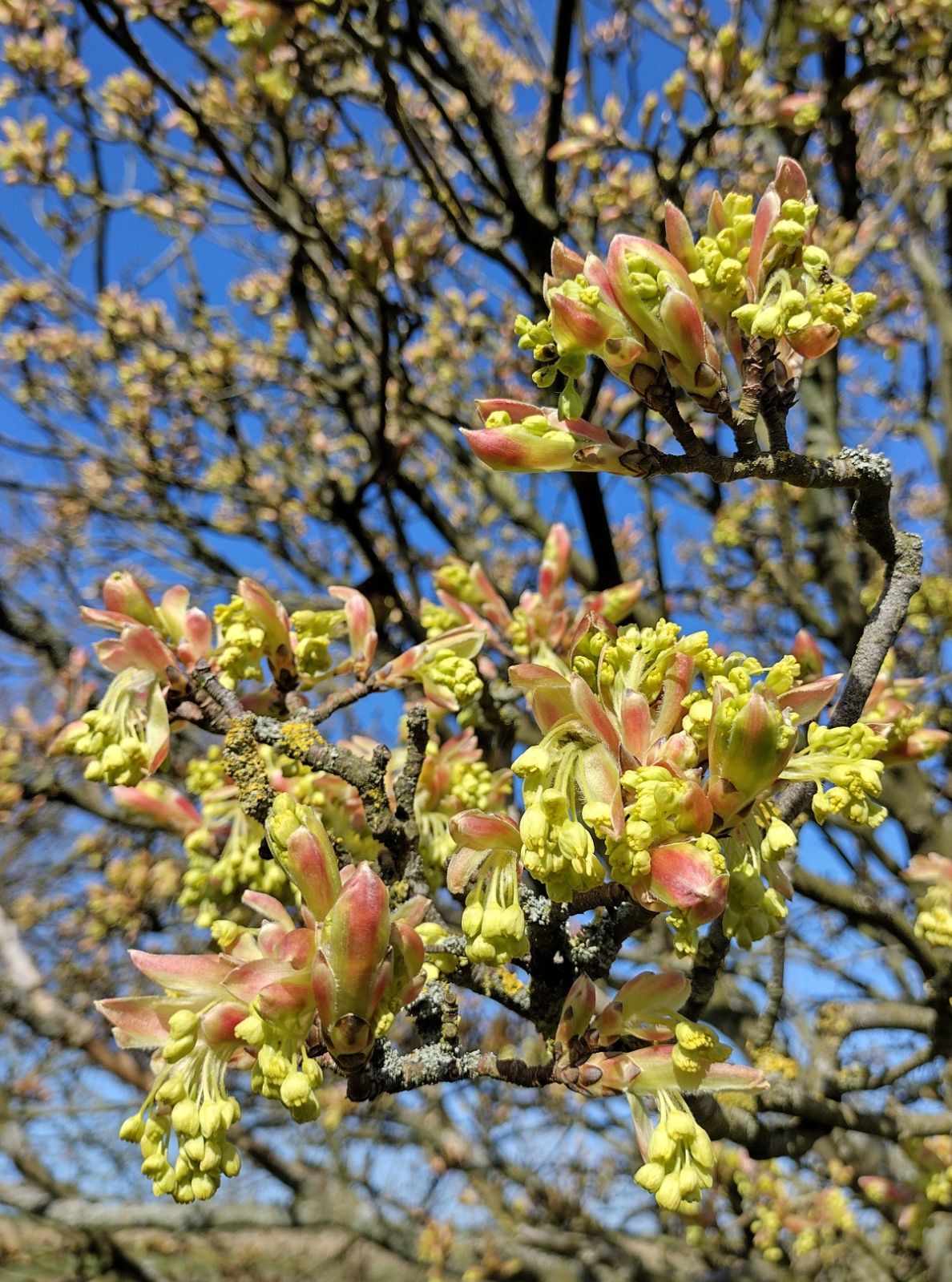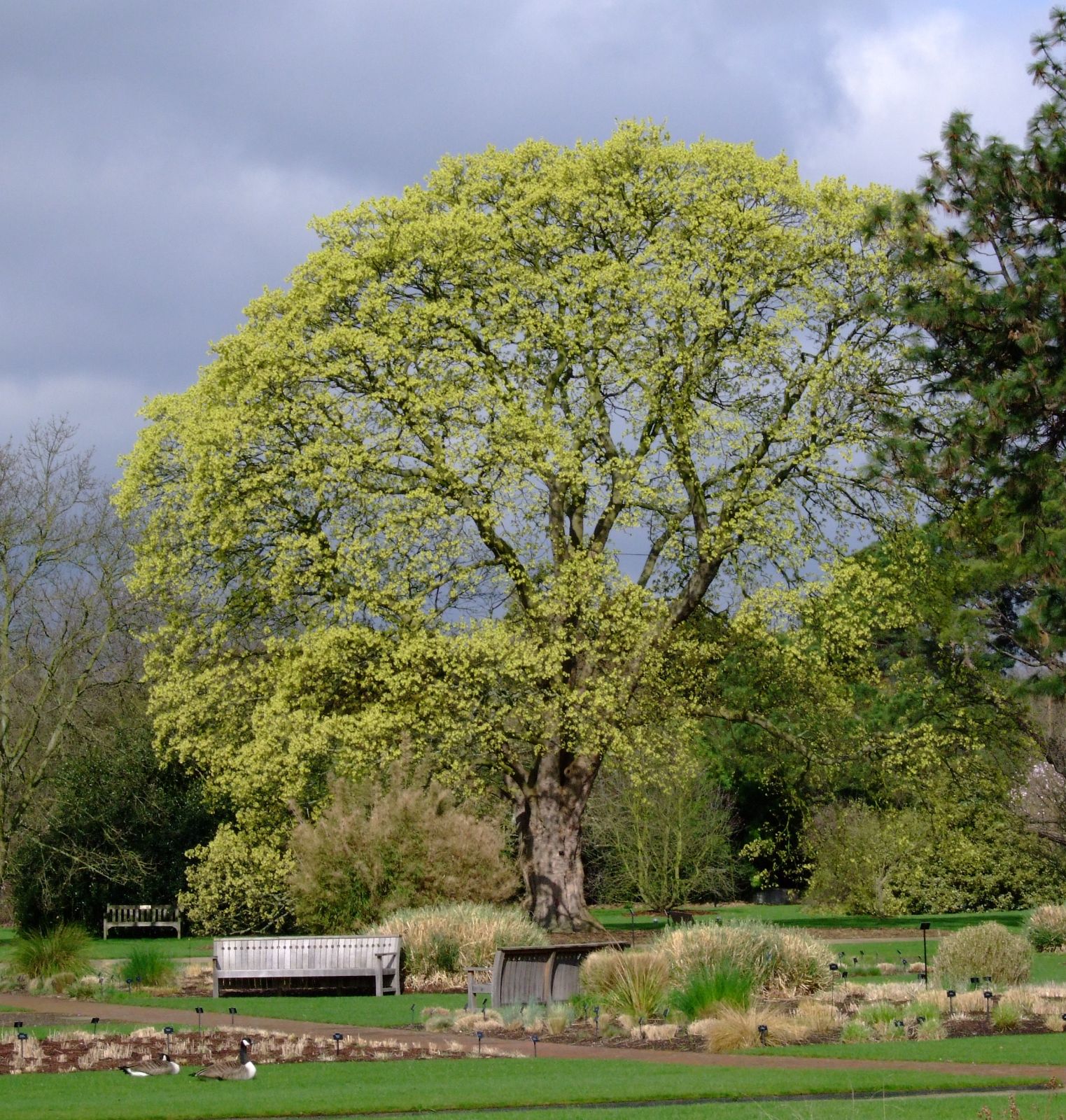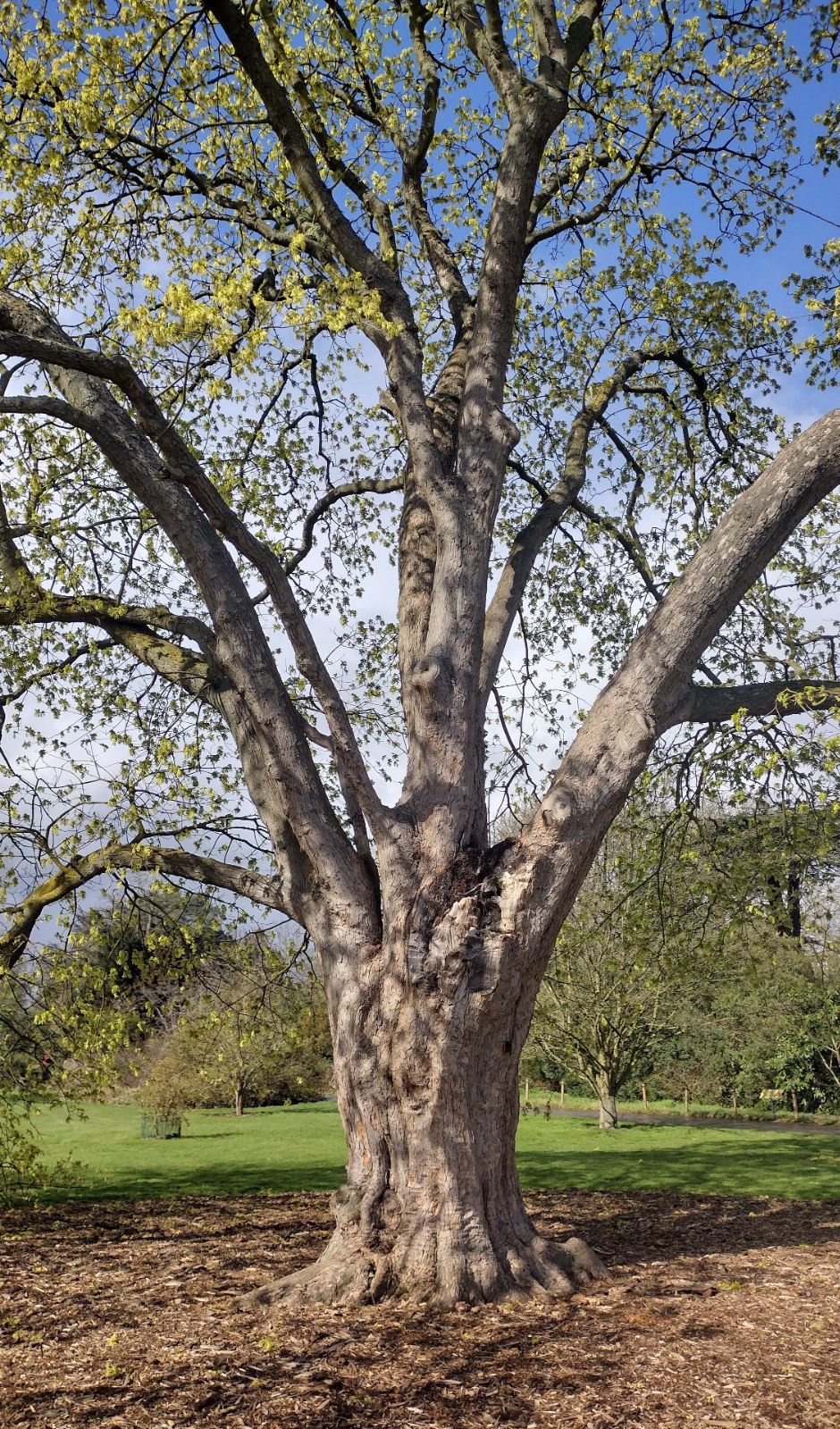Acer opalus
Sponsor
Kindly sponsored by
The Wynkcoombe Arboretum
Credits
Dan Crowley (2020)
Recommended citation
Crowley, D. (2020), 'Acer opalus' from the website Trees and Shrubs Online (treesandshrubsonline.
Genus
- Acer
- Sect. Acer ser. Monspessulana
Common Names
- Italian Maple
Synonyms
- Acer italum Lauth
- Acer montanum Dalechamps ex Lamarck
- Acer opulifolium Vill.
- Acer vernum Carriere ex Lamarck
- Acer rotundifolium Lamarck
- Acer apolifolium Persoon
- Acer opulifolium var. opalus (Miller) Koch
- Acer italicum Lauche
- Acer rupicolum Chabert
- Acer hispanicum Pourret
Infraspecifics
Other taxa in genus
- Acer acuminatum
- Acer amplum
- Acer argutum
- Acer barbinerve
- Acer buergerianum
- Acer caesium
- Acer calcaratum
- Acer campbellii
- Acer campestre
- Acer 'Candy Stripe'
- Acer capillipes
- Acer cappadocicum
- Acer carpinifolium
- Acer 'Cascade'
- Acer caudatum
- Acer ceriferum
- Acer chapaense
- Acer chienii
- Acer circinatum
- Acer cissifolium
- Acer × conspicuum
- Acer cordatum
- Acer coriaceifolium
- Acer × coriaceum
- Acer crataegifolium
- Acer davidii
- Acer diabolicum
- Acer distylum
- Acer divergens
- Acer duplicatoserratum
- Acer elegantulum
- Acer erianthum
- Acer 'Esk Flamingo'
- Acer fargesii
- Acer fenzelianum
- Acer flabellatum
- Acer forrestii
- Acer franchetii
- Acer × freemanii
- Acer fulvescens
- Acer 'Gimborn'
- Acer ginnala
- Acer glabrum
- Acer 'Gold Coin'
- Acer granatense
- Acer grandidentatum
- Acer griseum
- Acer heldreichii
- Acer henryi
- Acer × hillieri
- Acer hookeri
- Acer hyrcanum
- Acer japonicum
- Acer kawakamii
- Acer komarovii
- Acer laevigatum
- Acer laurinum
- Acer laxiflorum
- Acer lobelii
- Acer longipes
- Acer macrophyllum
- Acer mandshuricum
- Acer maximowiczianum
- Acer maximowiczii
- Acer metcalfii
- Acer miaotaiense
- Acer micranthum
- Acer 'Mindavi'
- Acer 'Minorient'
- Acer miyabei
- Acer miyabei × campestre
- Acer monspessulanum
- Acer morifolium
- Acer 'Mozart'
- Acer oblongum
- Acer obtusifolium
- Acer okamotoanum
- Acer oliverianum
- Acer orientale
- Acer palmatum
- Acer papilio
- Acer pauciflorum
- Acer pectinatum
- Acer pensylvanicum
- Acer pentaphyllum
- Acer pentapotamicum
- Acer pictum
- Acer pilosum
- Acer pinnatinervium
- Acer platanoides
- Acer platanoides × amplum
- Acer platanoides × truncatum
- Acer × pseudoheldreichii
- Acer pseudoplatanus
- Acer pseudosieboldianum
- Acer pubinerve
- Acer pycnanthum
- Acer rubescens
- Acer rubrum
- Acer rufinerve
- Acer saccharinum
- Acer saccharum
- Acer sempervirens
- Acer 'Serpentine'
- Acer serrulatum
- Acer shenkanense
- Acer sieboldianum
- Acer sikkimense
- Acer 'Silver Cardinal'
- Acer 'Silver Ghost'
- Acer sinense
- Acer sinopurpurascens
- Acer spicatum
- Acer stachyophyllum
- Acer taronense
- Acer tataricum
- Acer tegmentosum
- Acer tenellum
- Acer tetramerum
- Acer tibetense
- Acer tonkinense
- Acer triflorum
- Acer truncatum
- Acer tschonoskii
- Acer turkestanicum
- Acer tutcheri
- Acer ukurunduense
- Acer velutinum
- Acer wardii
- Acer 'White Tigress'
- Acer wilsonii
- Acer × zoeschense
A deciduous tree to 28 m in the wild. Bark grey, turning pale brown to orange grey and broadly plated, sometimes flaking with age. Branchlets stout, glabrous or tomemtose, reddish-brown. Buds ovoid, acute tipped, with many pairs of imbricate scales, brown. Leaves chartaceous to subcoriaceous, broadly pentagonal in outline, base cordate, (3–) 5-lobed, 7–12 × 8–16 cm, lobes shallow, ovate, lateral lobes spreading, basal lobes smaller, apex acute to acuminate, margins entire to remotely serrate, upper surface mid to dark green, lower surface paler, pubescent or not, often along veins but soon glabrous, or persistently villose; petiole 7–18 cm long, green or red, faintly grooved and broadening towards the base; autumn colours yellow to brown. Inflorescence terminal, umbellate, peduncle and pedicels pubescent at first, pendulous, 6–16 flowered, 8–15 cm long. Flowers yellow, 5-merous, sepals ovate, 0.6 cm long, petals narrow-oblong, 0.5 cm long, stamens 10–12, inserted inside the nectar disc. Samaras to 2.5–5 cm long, wings spreading variously; nutlets rounded. Flowering from March to April, before or with the leaves, fruiting from September to October. (van Gelderen et al. 1994; le Hardÿ de Beaulieu 2003; Gregory 2019).
Distribution Albania Algeria Croatia France Germany Greece Hungary Italy Montenegro Morocco Serbia Slovenia Spain Switzerland
Habitat Cool areas in humid forests, often on limestone, up to 2100 m asl.
USDA Hardiness Zone 5-6
RHS Hardiness Rating H6
Awards Award of Merit
Conservation status Least concern (LC)
Acer opalus was introduced to cultivation in 1752 (Bean 1976), though perhaps as subsp. obtusatum rather than the nominate subspecies. As noted by Bean (1976), ‘it is one of the most ornamental of early-flowering trees, producing its blossoms regularly and in great abundance in March and April’. In this regard it is comparable to forms of Acer hyrcanum, though it offers more later in the year, with good shows of yellow and orange autumn colour if afforded optimal conditions.
The typical form of the species is, perhaps surprisingly, far from frequent in cultivation, and arguably somewhat overlooked. The large specimen at Westonbirt noted by Bean (1976) appears likely to be subsp. obtusatum. The majority of plants in collections appear to be of garden or unknown origin, or scantily recorded wild accessions. A recent, fully documented collection was made by staff from Westonbirt Arboretum and Wakehurst, in Lombardy, northern Italy in 2016 under WITA 72 and is now represented at Westonbirt and Bedgebury Pinetum. The parent tree grew in association with an array of other common woody species: Acer pseudoplatanus, Castanea sativa, Corylus avellana, Fraxinus ornus, Ilex aquifolium, Ostrya carpinifolia and Quercus pubescens (pers. obs. 2016). Elsewhere in its range, in the Jura mountains, it can be found with other woody taxa including Buxus sempervirens, Prunus mahaleb and Sorbus spp. (van Gelderen et al. 1994).
subsp. obtusatum (Willd.) Gams
Common Names
Balkan Maple
Synonyms
Acer obtusatum Willd
Acer aetnense Tineo ex Strobl.
Acer neopolitanum Tenore
Acer opalus var. obtusatum (Willd.) Henry
Acer opulifolium var. tomentosum Tausch
Acer opulifolium var. velutinum Boissier non A. velutinum Boisser
Acer italum var. neapolitanum (Tenore) Dieck
Acer obtusatum subsp. neapolitanum (Tenore) Pax
Acer opalus var. tomentosum (Tausch) Rehd.
Subsp. obtusatum has obtuse lobe tips and persistently pubescent lower leaf surfaces (Crowley 2018). Branchlets may be glabrous or tomentose (Crowley pers. obs.).
Distribution
- Albania
- Algeria
- Bosnia and Herzegovina
- Croatia
- France
- Italy
- North Macedonia
- Montenegro
- Serbia
- Slovenia
RHS Hardiness Rating: H6
USDA Hardiness Zone: 5-6
Taxonomic note Subsp. obtusatum is treated variously at infraspecific and species rank. At varietal rank, the valid name would be A. opalus var. tomentosum, as treated by Bean (1976). Italian authors tend to treat it as distinct (e.g. Guarino et al. 2017), with some including within it two subspecies: the nominate subspecies and A. obtusatum subsp. neapolitanum (Spampinato 2014). Morphologically, the two may be separated by leaf size, these being apparently larger in so-called subsp. neapolitanum. The group warrants further study, ideally in combination with the A. hyrcanum complex.
This subspecies appears to be the more common of the two in cultivation. The large, round-crowned specimens at Kew, so attractive in spring flower and autumn colour, belong to it, the distinguishing characters of blunt, rounded lobe tips and persistant pubescence on the lower leaf surfaces easily appreciated even late in the year once the leaves have dropped and rest under the trees. The example growing to the north of the Princess of Wales Conservatory is the UK and Ireland Champion and measured 18 m in 2019 (The Tree Register 2019). The origin of these, and many other large, old examples in cultivation is unclear, though modern introductions from southern Italy were made under numbers WITA 12, 13 and 50. There, it grows on limestone soils in association with Quercus spp., Fraxinus ornus, Ostrya carpinifolia and other maples, and exhibits autumn colour stronger than any shown by specimens in Britain (Crowley 2018). A plant of Croatian origin grows at RBG Edinburgh, collected by Martin Gardner and Sabina Knees in 2003 (Royal Botanic Garden Edinburgh 2018). Subsp. obtusatum is grown in collections on both coasts of the United States, present at the Hoyt Arboretum, Oregon and the Arnold Arboretum, Boston (American Public Gardens Association 2017).

